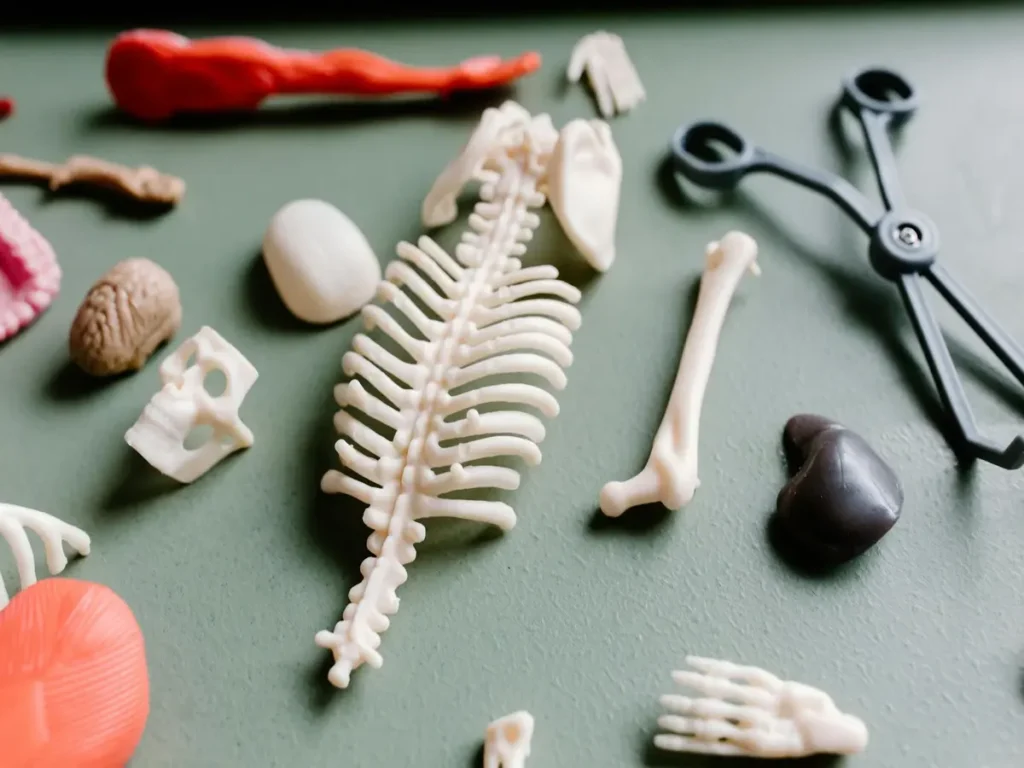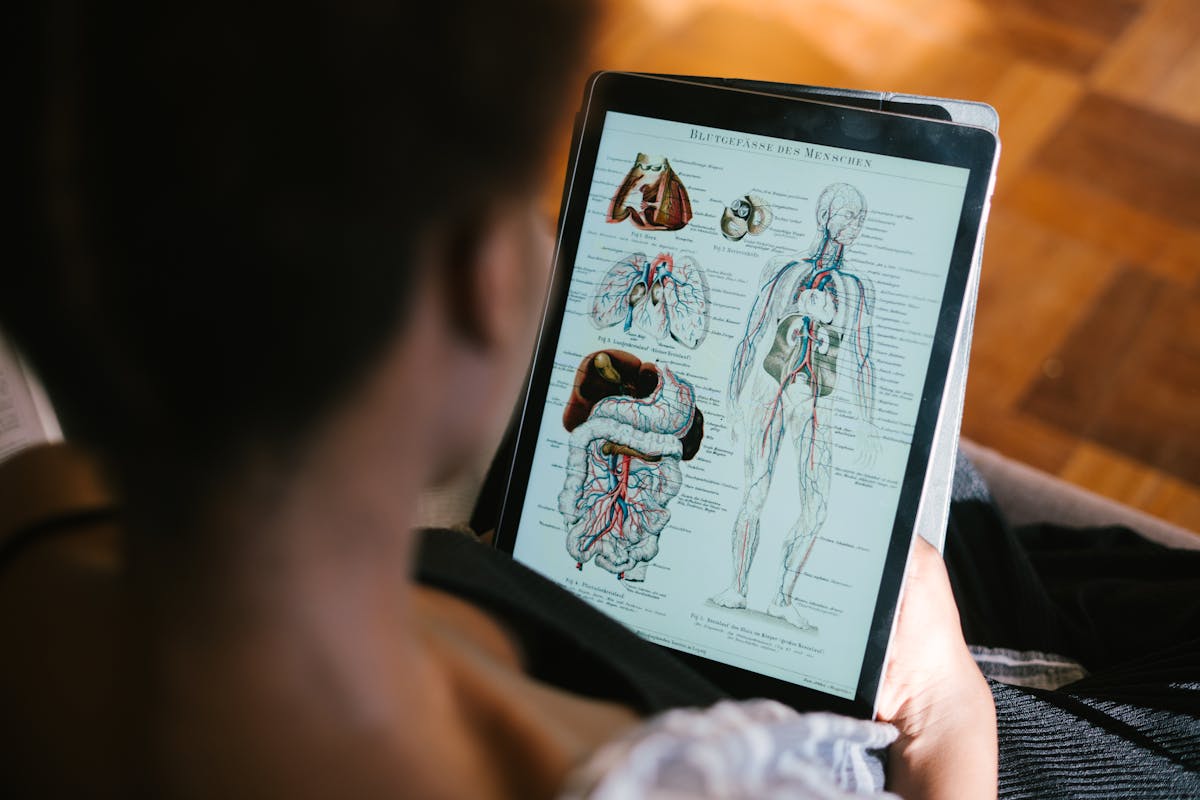Learn the definition and scope of anatomy and physiology. Anatomy and physiology both are involve in the studies the human body.
The human body is like a highly technical and sophisticated machine. It operates as a single entity but is made up of a number of systems that work interdependently.
What is Anatomy and Physiology?
Anatomy and physiology are the systematic study of the human body. This is a branch of medical science involves the study of different structures and the physical relationships between body systems.
Physiology is the study of functions of these structures. It studies how the body systems work and the ways in which their activities maintain life and health of the individual.
Here are some definitions related to the study of human body:
1) Gross Anatomy:
It is the study of those anatomical structures which can be seen with the naked eye. It is also known as topographical anatomy, regional anatomy or anthropotomy.
2) Microscopic Anatomy:
This is the study of microscopic anatomical structure-like cells, tissue and organs of the body by using a microscope.
3) Comparative Anatomy:
Comparative anatomy is the study of similarities and differences in the anatomy of different organisms. It helps to understand how different species have adapted to their environments over time.
4) Systemic Anatomy:
This is the study of structure of different parts of an organ system. On the basis of the organ system, it is named differently for each system of the human body. For example, Dermatology is the study of the integumentary system (skin, hair, and nails), endocrinology is the study of the endocrine or hormonal system and neurology is the study of nervous system.
5) Developmental Anatomy:
Developmental anatomy is the study of the structural changes that occur in an organism. In this branch we can learn growth and development of an organism throughout its life. For example, embryology that involves the study of embryo and its development (till birth).
Scope of anatomy and physiology

The anatomy and physiology together form the foundation of medical sciences. Their scope is vast that can be summarized in following terms:
- Study of human anatomy is helpful to understand physiology and pathophysiology.
- We can learn about human evolution and development by studying anatomy.
- We can fascinate complexity of structure and function of human body.
- As a foundation for advanced scientific studies.
- To understand the pathology of disease and pathological changes.
- For determining the techniques of surgeries.
- To know parameters of normal health.
- By the study of anatomy and physiology one can understand physiological processes.
- Overall, the study of this branch is effective for individual and community health.
So, we knew that anatomy and physiology both are not the same branch, they are different. Now will learn what are the differences between anatomy and physiology.
Differences between anatomy and physiology
| Anatomy | Physiology |
| Study of the structure of body. | Study of the functions of body. |
| Focuses on structures, shapes and locations body parts. | Focuses on how organs, tissues and cells work. |
| It is a static study. | It is a dynamic study. |
| Subdivided into gross anatomy, microscopic anatomy and developmental anatomy. | Subdivided into cellular physiology, systemic physiology and pathological physiology. |

